Case Number : Case 1064 - 22nd July Posted By: Guest
Please read the clinical history and view the images by clicking on them before you proffer your diagnosis.
Submitted Date :
The patient is a 59-year-old woman with a biopsy of a 6 mm tender white, sclerotic-appearing lesion present for one year on the left side of the scalp.
Case posted by Dr. Mark Hurt
Case posted by Dr. Mark Hurt

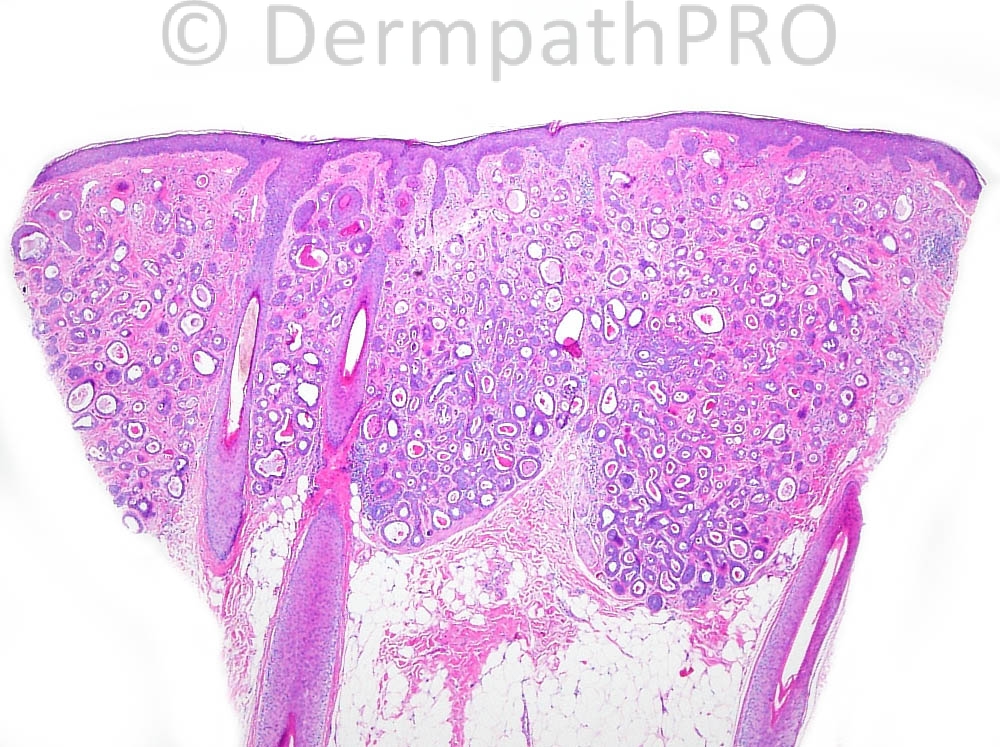

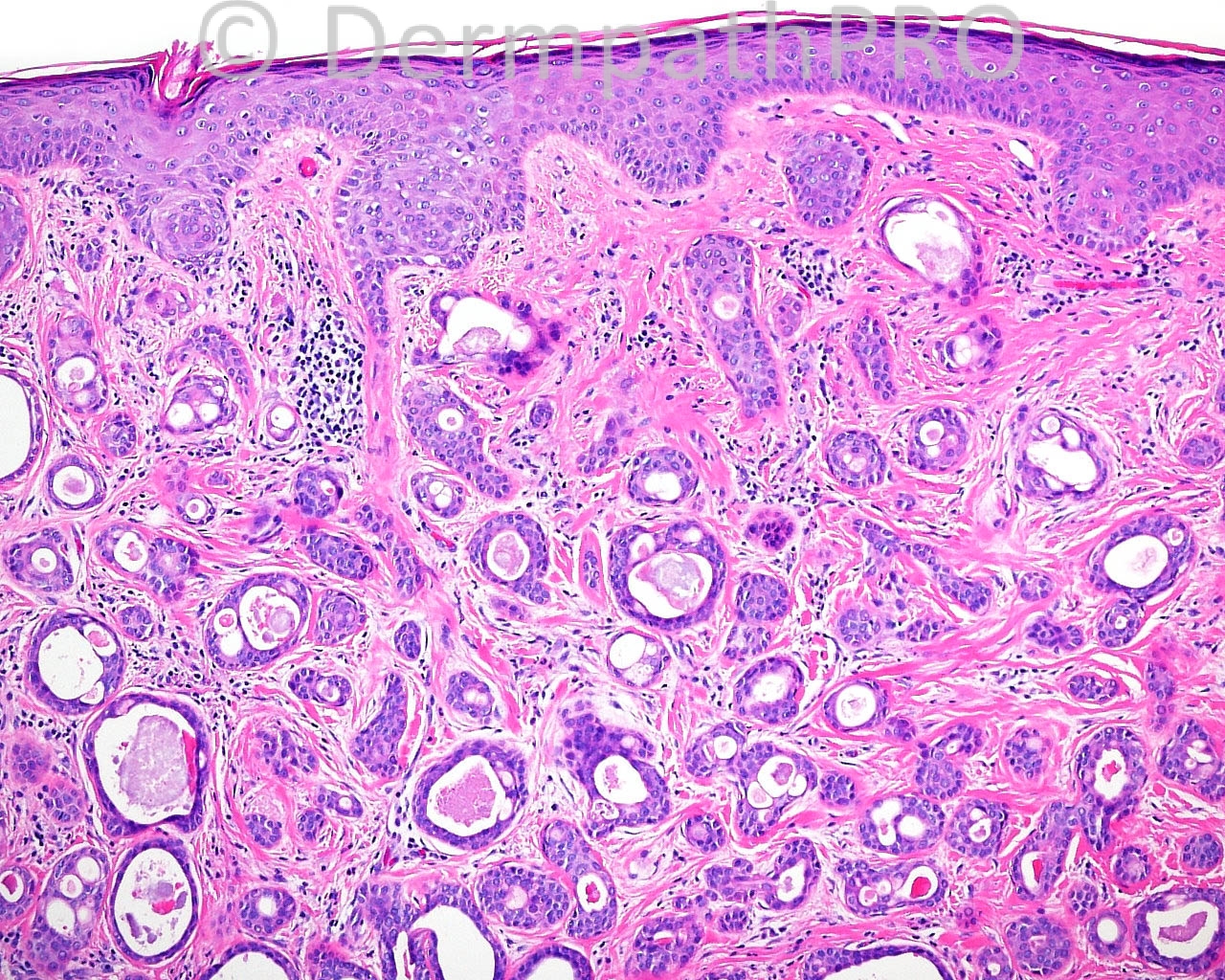
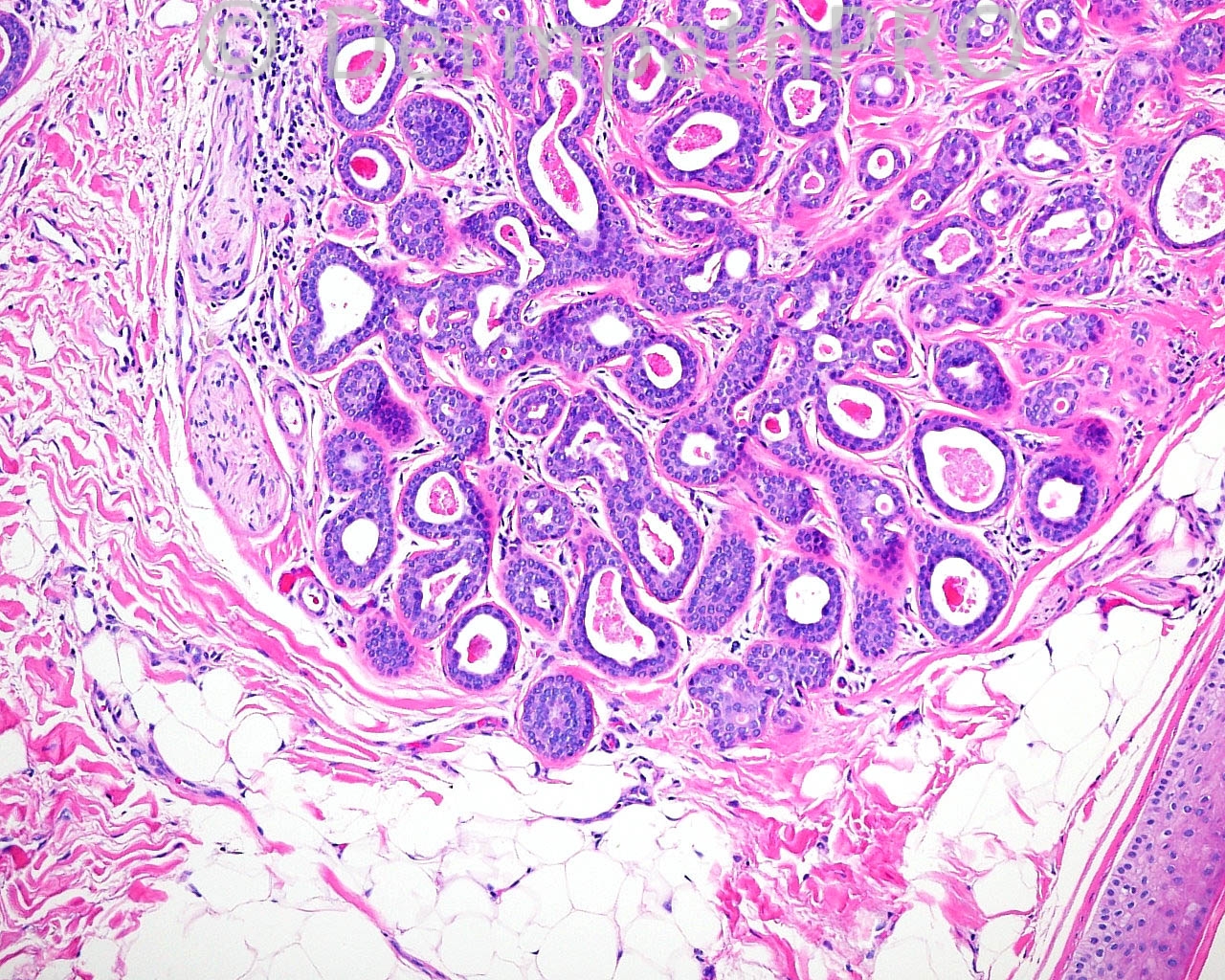
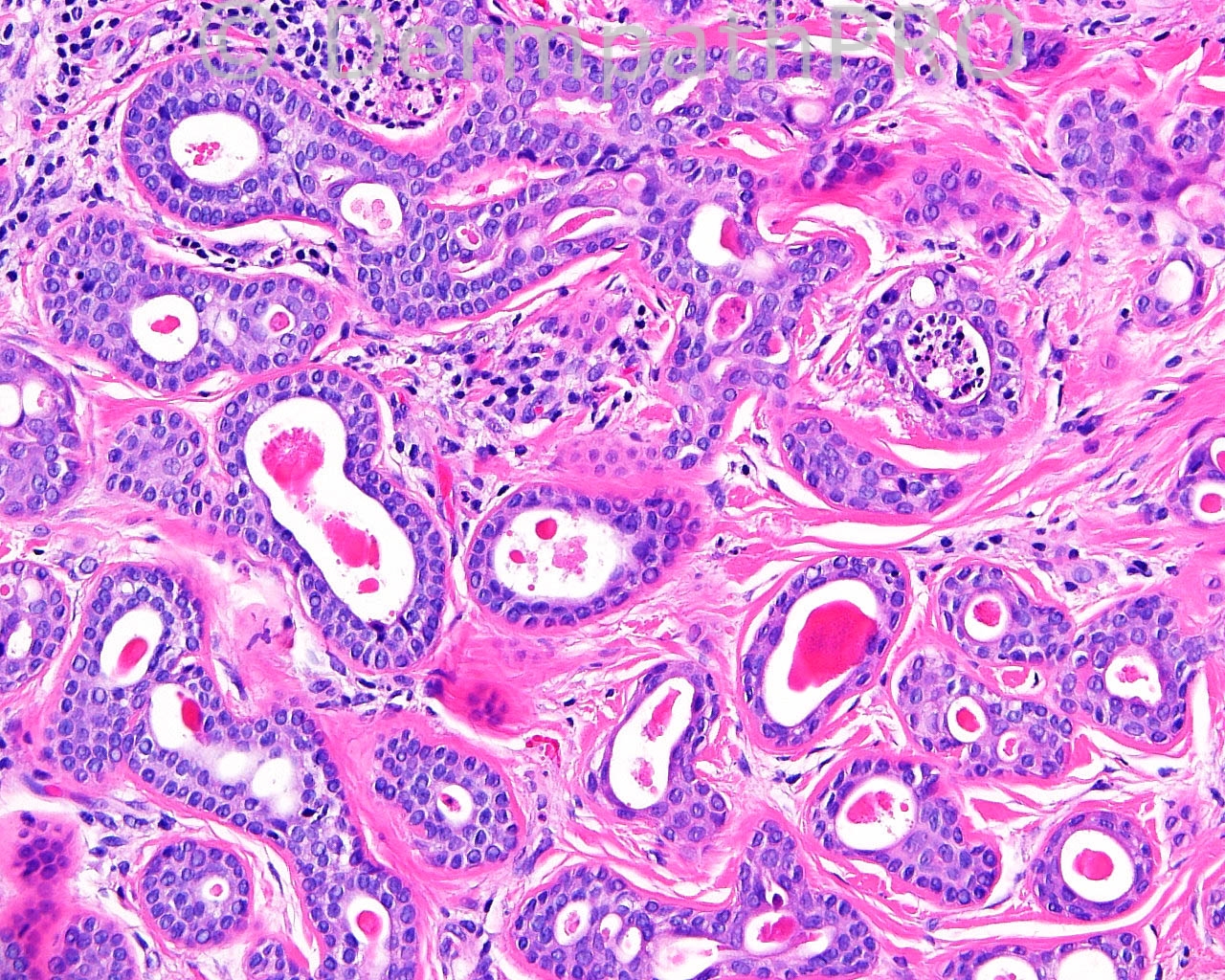
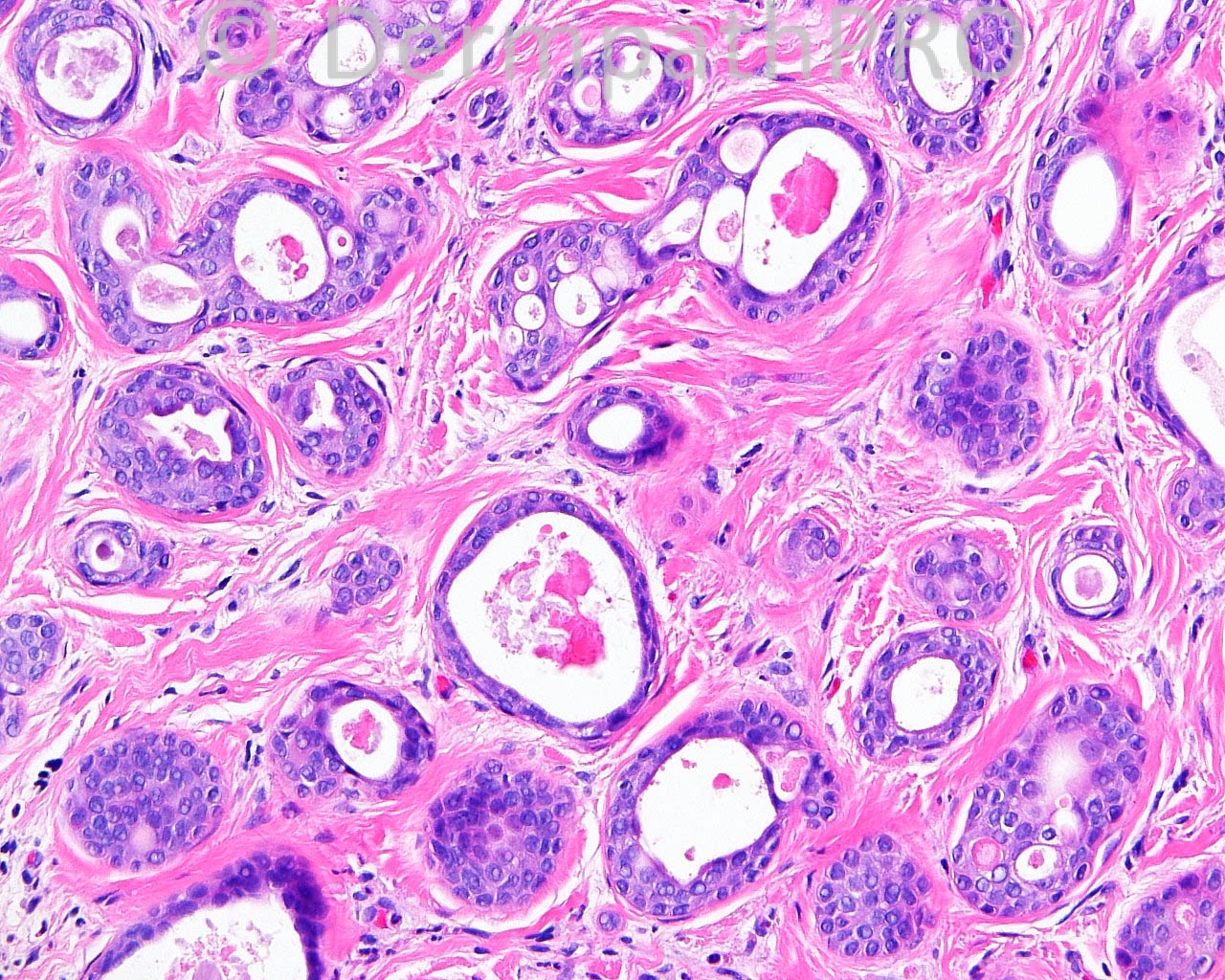
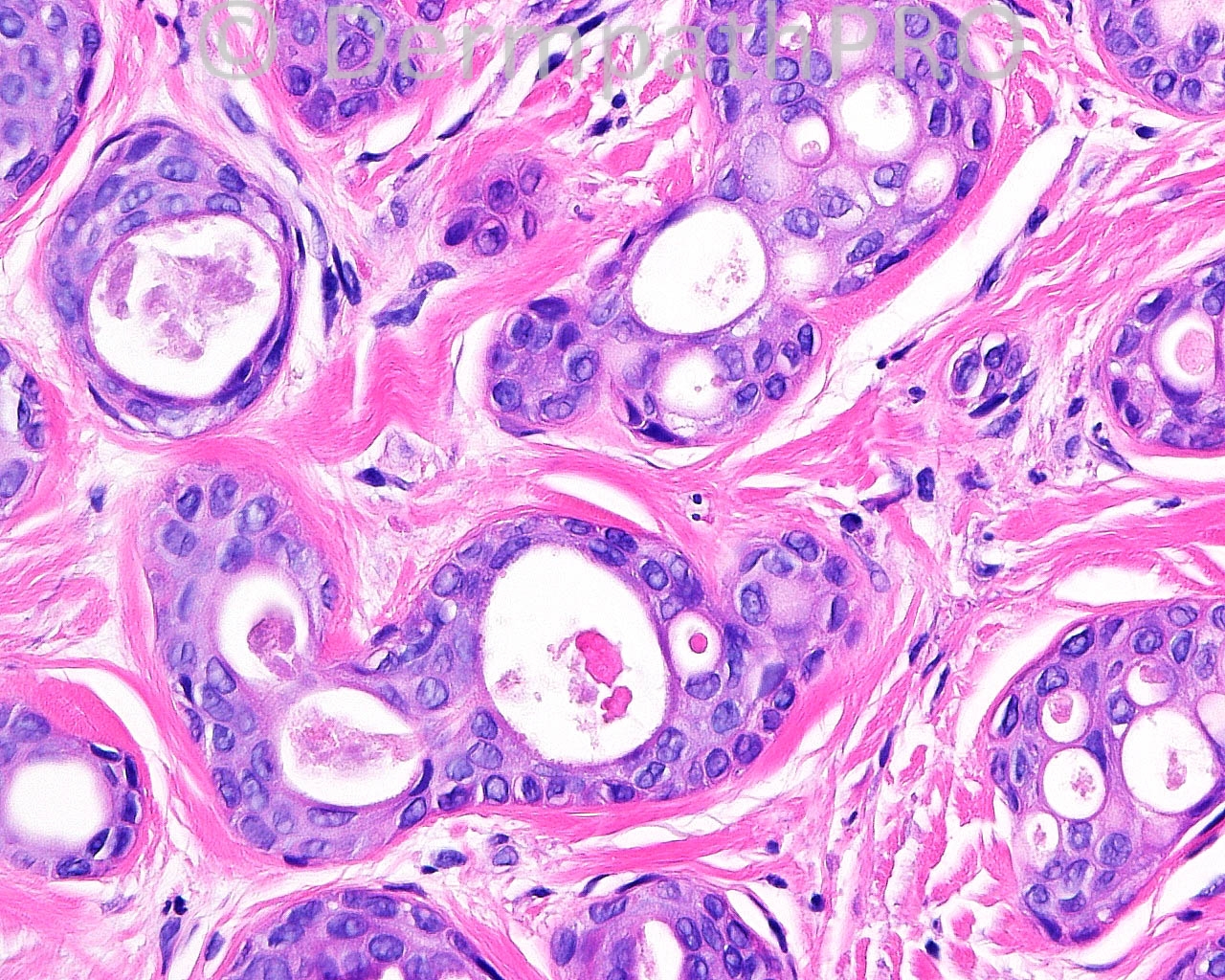
Join the conversation
You can post now and register later. If you have an account, sign in now to post with your account.